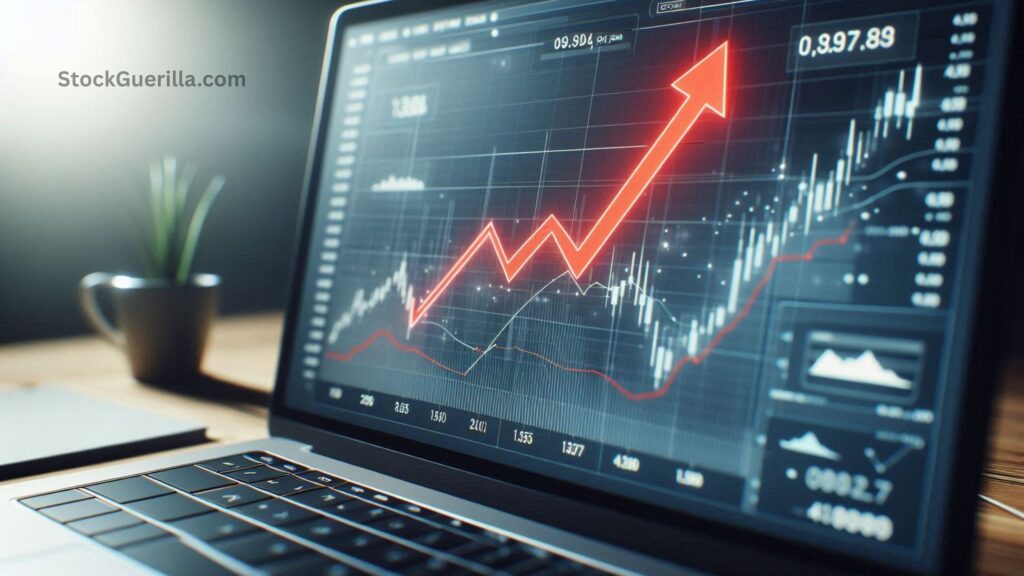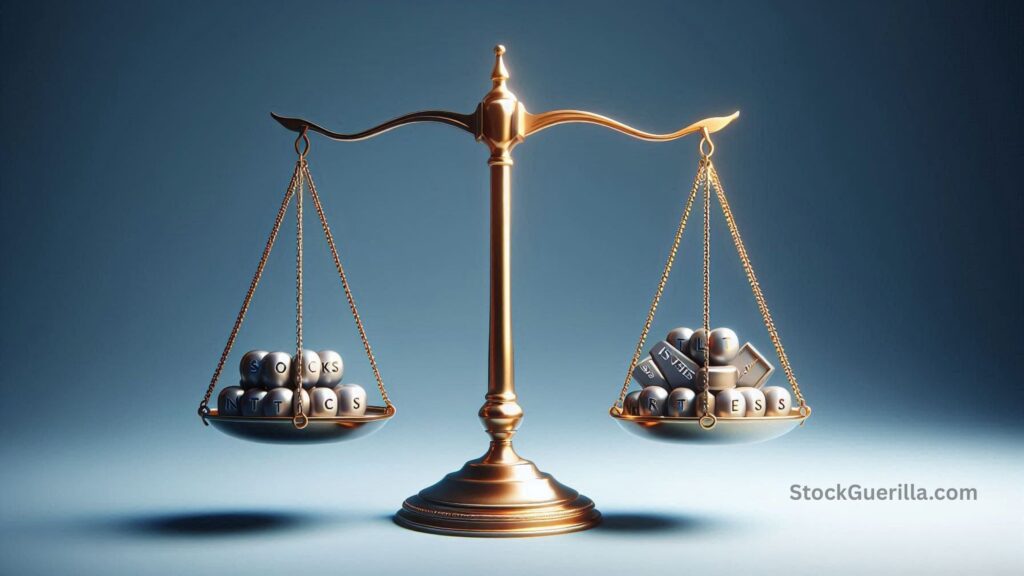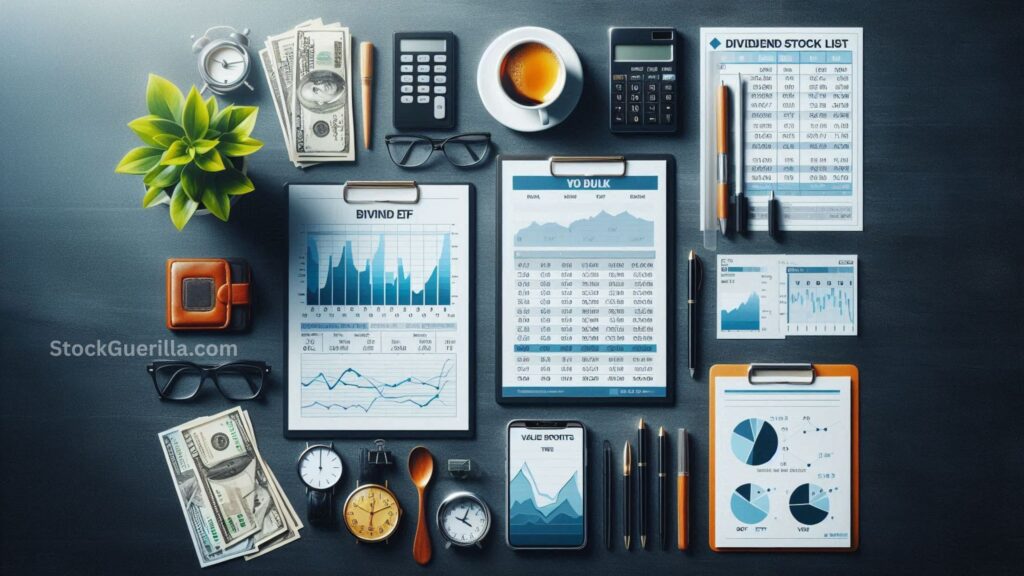How do Interest Rate Changes Impact the Stock Market?
Since 2020, we’ve seen just how much interest rates can shake up the stock market. Usually, when interest rates go up, stock prices go down. And when rates go down, the market tends to go up. But it’s not always that straightforward.
During the COVID-19 pandemic in early 2020, the Federal Reserve (often called “the Fed”) dropped interest rates to almost zero to help support the economy. Then in 2022, as the economy bounced back and inflation jumped, the Fed started raising rates quickly—pushing them to the highest levels in decades to try and control rising prices.
Fast forward to September 2024, the Fed made a big move again, cutting rates by 50 basis points (that’s 0.50%) to a range of 4.75% to 5%. It was the first rate cut in more than four years and signaled that they wanted to give the economy a boost and avoid rising unemployment.
The stock market responded quickly, showing just how sensitive it is to interest rate changes.
A Quick Look at Interest Rates
When the Fed changes interest rates, the stock market reacts almost immediately—even though the full impact on the overall economy might take a year or more to show.

There are a few key rates the Fed controls. One is the federal funds rate—the rate banks charge each other for overnight loans. Another is the discount rate—what the Fed charges banks when they borrow directly from it. The discount rate is usually a bit higher to encourage banks to borrow from each other instead.
But it’s not just interest rates that move markets. Inflation, the economy’s health, and global events all play a part too.
What’s the Federal Funds Rate?
This rate matters a lot for the stock market. It affects how expensive or cheap it is to borrow money. When the Fed raises this rate, it’s trying to reduce inflation by making money harder to get. When they lower it, they’re encouraging more spending and borrowing.
Other central banks around the world do the same thing, though their tools and goals might be slightly different.
The federal funds rate also influences other rates like credit card APRs, mortgage rates, and the prime rate, which banks offer to their best customers.
When Interest Rates Go Up
When the Fed raises rates, it gets more expensive for banks to borrow money. And guess what? They pass those higher costs on to businesses and consumers.

If you have a variable-rate mortgage or carry credit card debt, you might start paying more. That means less money left over to spend on other things—so businesses earn less, and that can hurt their stock prices.
Plus, companies that need to borrow for growth find it more expensive to do so. Lower demand + higher costs = pressure on profits and share prices.
Some sectors, like banks and insurance companies, can benefit when rates go up because they can charge more for loans.

Also Read: What are the Implications of Recent Trade Agreements on Stocks?
When Interest Rates Go Down
When the economy slows, the Fed cuts rates to get things moving again. Lower interest rates make borrowing cheaper, so people and businesses are more likely to spend.
Consumers might feel more confident buying a home or taking out a loan for school. Businesses might borrow to grow, buy new equipment, or expand. All of this can lead to more profits—and rising stock prices.
Sectors like utilities and real estate investment trusts (REITs) tend to do well when rates drop. So do big, stable companies that benefit from low-cost financing.
Why Do Interest Rates Affect Stocks?
Stocks are priced based on future expectations. If a company is expected to make less money (because of higher costs or lower demand), its stock price often drops.

If enough companies see their stocks fall, the entire market—like the S&P 500 or Dow Jones—can go down. People might move their money into safer options if stocks feel too risky compared to the returns they can get elsewhere.
However, again, some industries thrive when rates rise, especially financial companies like banks and brokers.
Investors also look at real interest rates, which account for inflation. Even if interest rates are rising, if inflation is rising faster, the “real” rate might be negative—which can actually support higher stock prices.

Also Read: What are the Best Value Stocks to Consider Right Now?
What About Bonds?
Bonds are closely tied to interest rates too. When rates go up, bond prices usually go down. When rates fall, bond prices go up. Long-term bonds are especially sensitive to these changes.

When the Fed raises rates, new government bonds (like Treasury bills) offer higher returns. Since they’re considered super safe, investors might prefer them over riskier assets like stocks.
Higher rates also mean it costs more for governments and businesses to borrow. That can lead to higher-yield bonds, but older bonds with lower payouts become less attractive, so their prices drop.
On the flip side, when rates fall, new bonds pay less, so older bonds with better interest become more valuable.
How Expectations Change the Game
Investor reactions aren’t just about what the Fed does—they’re also about what people expect it to do.

If everyone thinks the Fed will cut rates by 0.50%, but it only cuts by 0.25%, markets may fall because the bigger cut was already “priced in.” This happened in September 2024—when the Fed cut by 0.50% and most expected only 0.25%, stocks jumped in response.
Where the economy is in the business cycle also matters. If the economy is weakening, a small rate cut might not be enough to stop the market from sliding. But during a strong economy, some sectors (like tech or entertainment) can keep growing even when rates rise.
Which Stocks Do Well When Rates Rise?
When the Fed raises rates to slow down inflation, not all stocks suffer.
Defensive sectors like consumer staples (toothpaste, groceries), healthcare, and industrials often hold up well. These are goods and services people need no matter what.
What Happens to Growth Stocks?
Growth stocks—especially in tech—love low rates. That’s because they need cheap money to keep growing. When rates go up, borrowing gets more expensive, and their future earnings get discounted. That’s why they usually take a hit when the Fed tightens policy.

Also Read: What is an IPO and How can you Invest in one?
Best Investments When Rates Are Rising
There’s no one-size-fits-all answer. But in general, shorter-term bonds do better than long-term ones during rising-rate periods. Inflation-protected securities (like TIPS) can also be a good bet.

Some people may even short the market if they believe rising rates will hit stock prices hard.
But always check with a financial advisor before making investment decisions.
What About Negative Interest Rates?
Negative interest rates are rare but can have a huge impact. They usually mean the economy is in trouble. Investors often rush into stocks to seek better returns, which can push prices up.
At the same time, negative rates can create a lot of uncertainty, making markets more volatile.




Post Comment